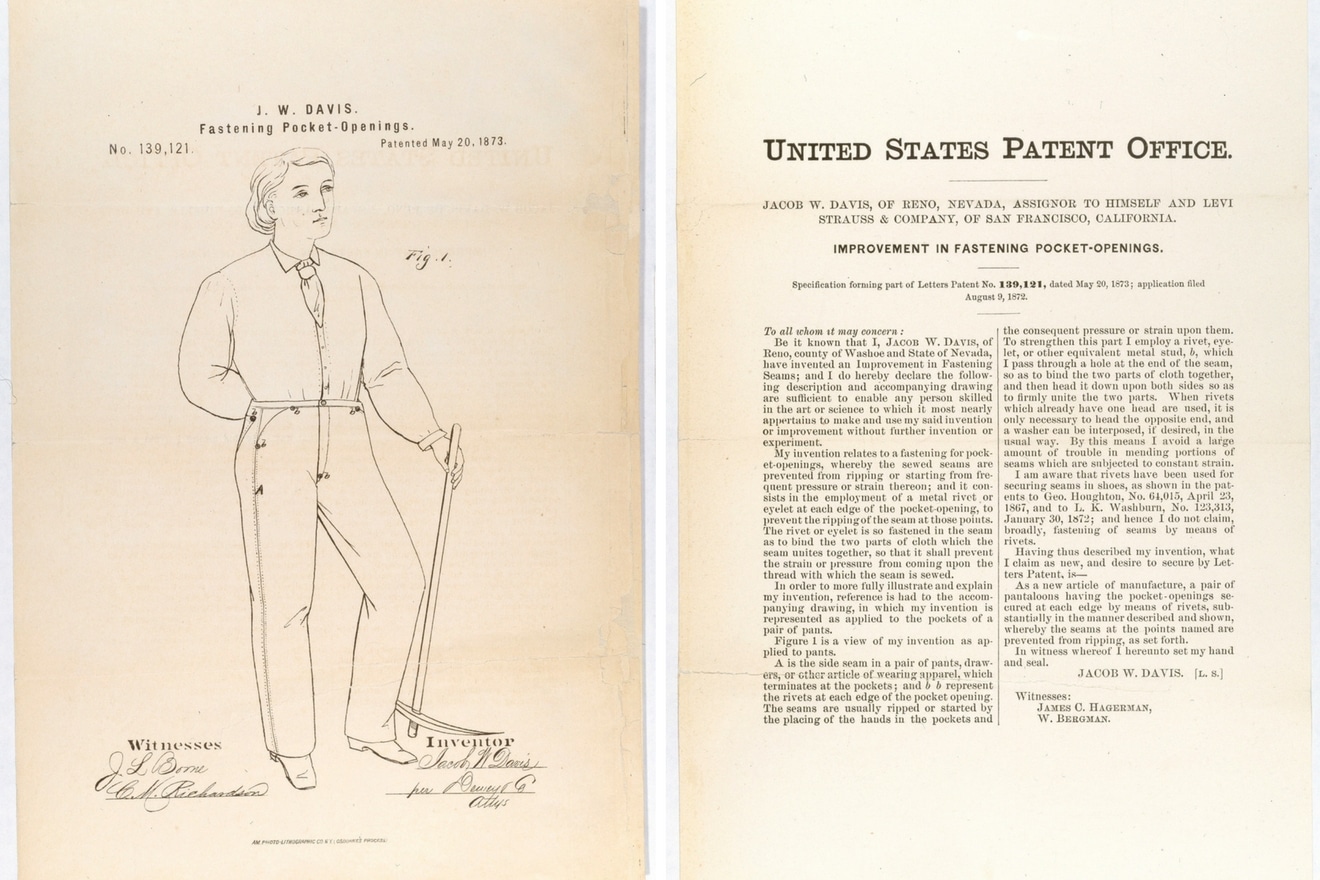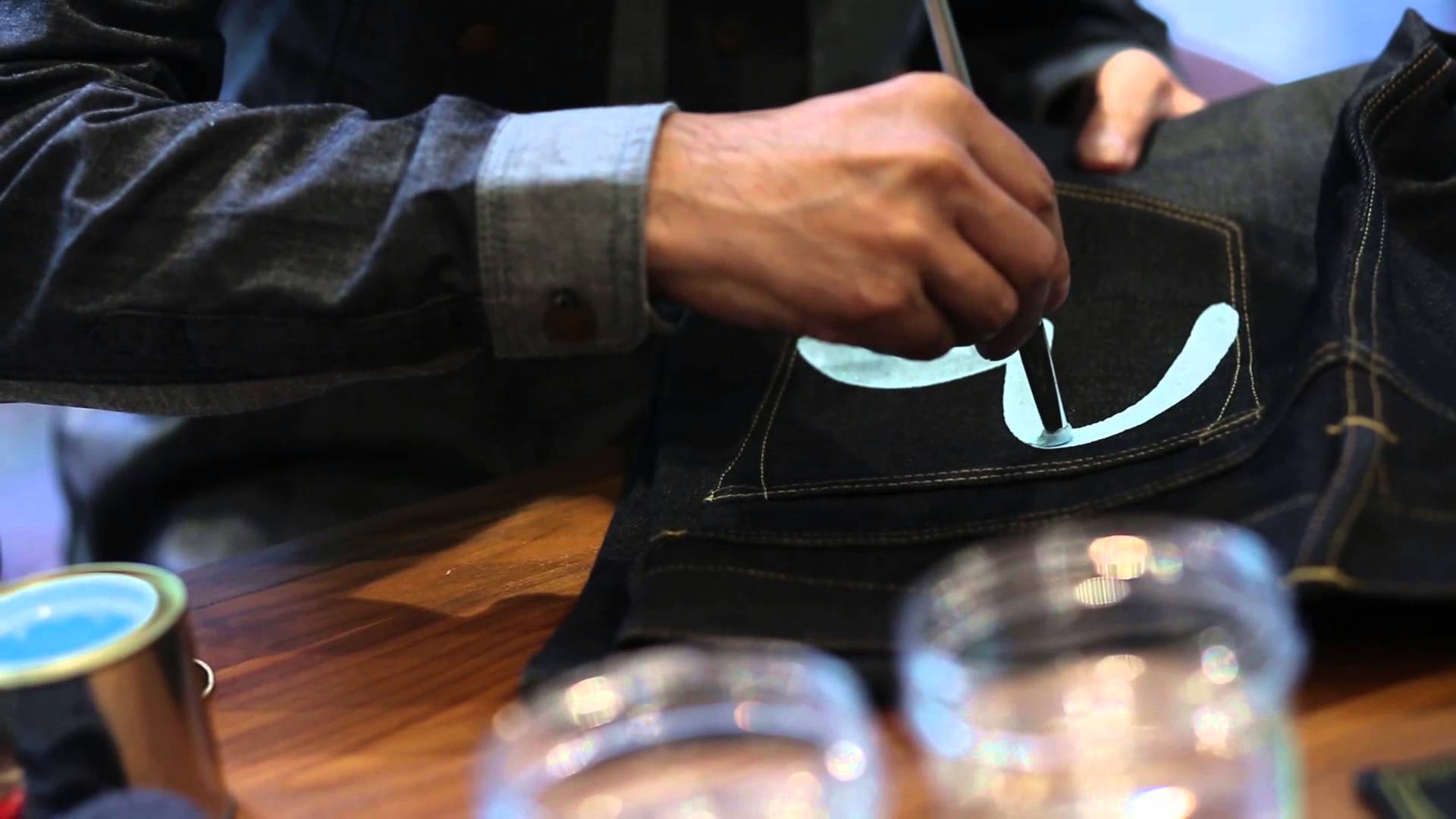A Quick Overview of the History of Jeans
Because the history of jeans stretches back centuries, you’re effectively selling history when you’re selling jeans! It’s a big part of what makes jeans authentic, rebellious and cool.
Knowing at least the key events of the history of jeans gives you valuable references that you can drop into your sales pitch to make the jeans you’re selling more desirable.
In a series of in-depth blog posts, I’ve reviewed the history of jeans and discussed their evolution, including where they come from and how they’ve evolved from workwear into mainstream fashion.
Like history in general, there are some events in the history of jeans that are more influential than others. Some have even created paradigm shifts, such as when Marlon Brando and James Dean, clad in blue jeans, portrayed adolescent rebelliousness for the first time in movies.
I like to divide the history of jeans into the following eras:
1) When Denim Went From Workwear to Fashion Statement
2) When Designer Jeans Broke Through the Mainstream
3) How Vintage Denim Became a Thing (… and How It Created Heritage Fashion)
4) When the Japanese Pioneered Heritage Fashion
From Function to Fashion
Like cars of any make represent freedom and adventure, jeans from any brand represent values like rebelliousness and youth. It was during the era of the history of jeans that these became embedded in the garment.
The history of the blue jeans we wear today goes all the way back to the 1870s. Back then, they were worn as workwear by miners and workers of the American West. This meant that, more than anything else, jeans had to be durable and functional.

In 1871, the tailor Jacob W. Davis from Reno in Nevada invented jeans with rivets. Two years later, he patented the design together with one of fabric suppliers, Levi Strauss.
When the patent expired in 1892, rivets became a standard feature on all jeans. That’s how rivets became the foundation of the success of Levi’s, and the key defining feature of blue jeans.
So, how did jeans go from a purely functional garment to a fashion item? To find out, visit this post.
European Jeans Designed for Women
When jeans became a fashion item, they all looked very much alike. They were made in the US; they were unwashed; they had five pockets; the waist was certainly not low; and the fit was straight. Designer jeans changed all that.
During this era of the history of jeans, the garment fully transitioned into the world of fashion. It also became the starting point for why most of the +1 billion jeans that are sold every year have a pre-washed lived-in look and feel.

The very first jeans that came to Europe were secondhand; worn and washed. But the first new jeans were imported in the 1960s were all stiff and unwashed. And most consumers didn’t like them.
That’s when aspiring European denim designers began reimagining what jeans should look and feel like. This became the starting point for pre-washed and distressed jeans.
To find out how to did it, visit this blog post.
When Selvedge Denim Was Phased Out
By the late 1970s, there was an exploding demand for jeans. Makers scaled for mass-production and introduced new and more efficient technologies.
One of the technologies that was phased out was shuttle loom weaving—which is how selvedge denim is made. To make more denim quicker and cheaper, sulfur was also added to the indigo dye, and ring-spun yarn was replaced by open-end yarn. The result was denim less character.
Most consumers didn’t notice these changes. In fact, many celebrated the result: cheaper blue jeans. Still, a small niche of denim lovers did notice.
This created a demand for original and vintage jeans, which ‘denim scouts’—also known as ‘pickers’—started buying up in the US to sell to the growing crowd of denim aficionados in Europe and Japan.
But how did the Japanese revive the lost art of making selvedge denim? To find out, head over to this post.
How the Japanese Pioneered Heritage Fashion
By the beginning of the new millennium, we started seeing the two trends that have shaped it so far; stretch denim and raw denim.
Raw denim is the kind that hasn’t been washed or distressed before you buy it. It’s usually undergone some kind of fabric finishing, though. Most raw denim is pre-shrunk to minimise shrinkage and stabilised to prevent the legs from twisting.
The raw denim trend started with the rise of vintage denim. It’s part of what’s known as ‘heritage fashion,’ which trend expert, Allan Kruse, argues “started when the West discovered the products that came out of the Japanese attention to quality and craftsmanship.”
In this blog post, you can learn more about how the Japanese pioneered heritage fashion.
The first stretch denim was made in the 1970s. But it’s not until recently that denim makers have figured out how to make stretch denim that looks good when you buy it and 6 months from later.
On the Hunt For Raw Selvedge Jeans?
Launched in 2011 by Thomas Stege Bojer as one of the first denim blogs, Denimhunters has become a trusted source of denim knowledge and buying guidance for readers around the world.
Our buying guides help you build a timeless and adaptable wardrobe of carefully crafted items that are made to last. Start your hunt here!
Share






